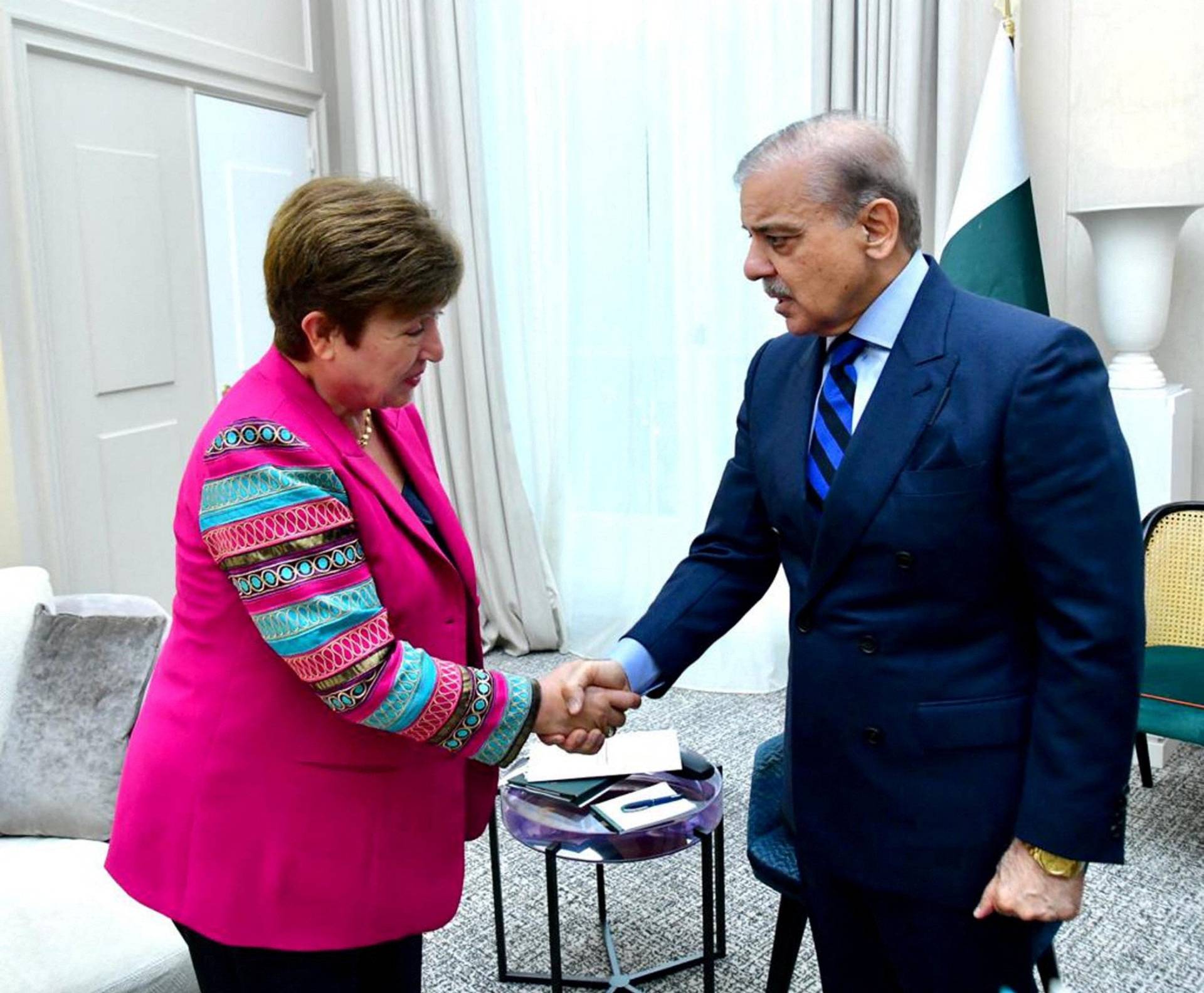Out of a $3 billion bailout plan, Pakistan and the International Monetary Fund (IMF) agreed to split $1.1 billion. This monetary assistance is essential for Pakistan to avoid a financial crisis and meet its debt commitments. The IMF’s declaration comes after thorough deliberations between its representatives and the recently elected government of Pakistan, under the leadership of Prime Minister Shehbaz Sharif.
This approval from the IMF is part of the final evaluation of Pakistan’s stabilization program. The allocated funds will be provided after receiving approval from the IMF’s executive board, ensuring continuity before the current agreement expires on April 11.

While acknowledging incremental enhancements in Pakistan’s economic and financial standing, the IMF underscored the imperative for additional policy reforms to tackle entrenched economic vulnerabilities.
Pakistan’s economy has been grappling with burdensome debt exceeding $130 billion and scant foreign reserves of only $8 billion. Inflation, albeit on a downward trajectory, remains elevated at 23 percent, compounded by a currency depreciation surpassing 50 percent against the US dollar in recent years.
Also Read: IMF Approves Second Loan Of $452M For Pakistan!
Finance Minister Muhammad Aurangzeb has hinted at exploring prospects for an extended and expanded IMF bailout arrangement post the current program’s conclusion. However, economist Safiya Aftab cautioned about the arduous negotiations ahead, citing potential stringent IMF stipulations, including heightened taxation and privatization of state-owned enterprises.
Despite foreseeable challenges, Aftab stressed the indispensability of aligning with IMF directives to stabilize Pakistan’s economy. While short-term repercussions may encompass heightened inflation and amplified public burden, instituting reforms is deemed indispensable for Pakistan’s sustained economic equilibrium.















